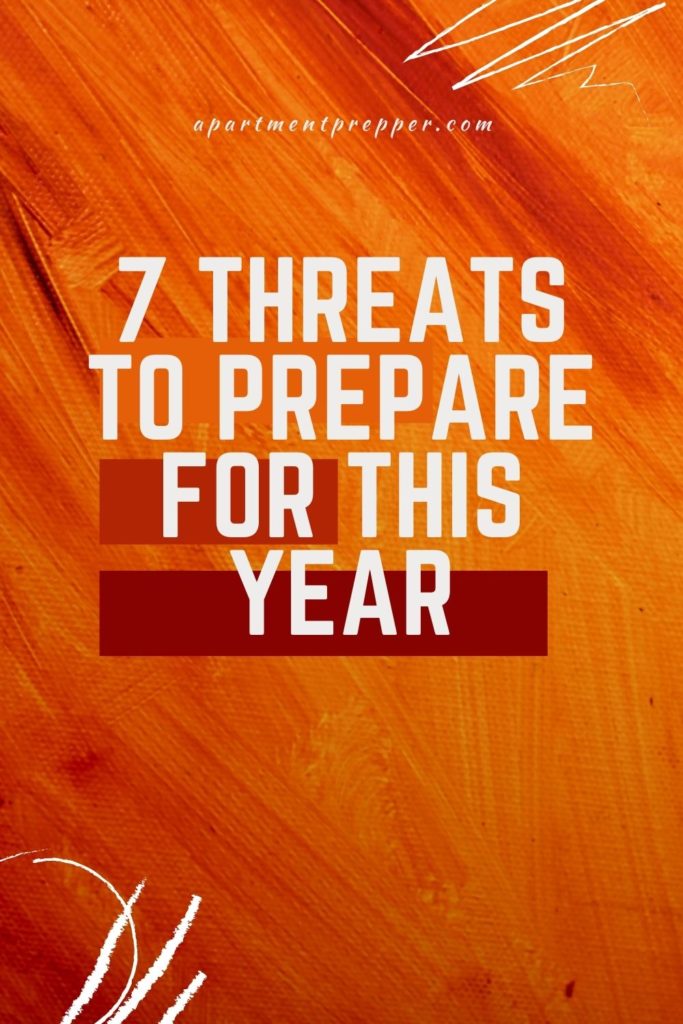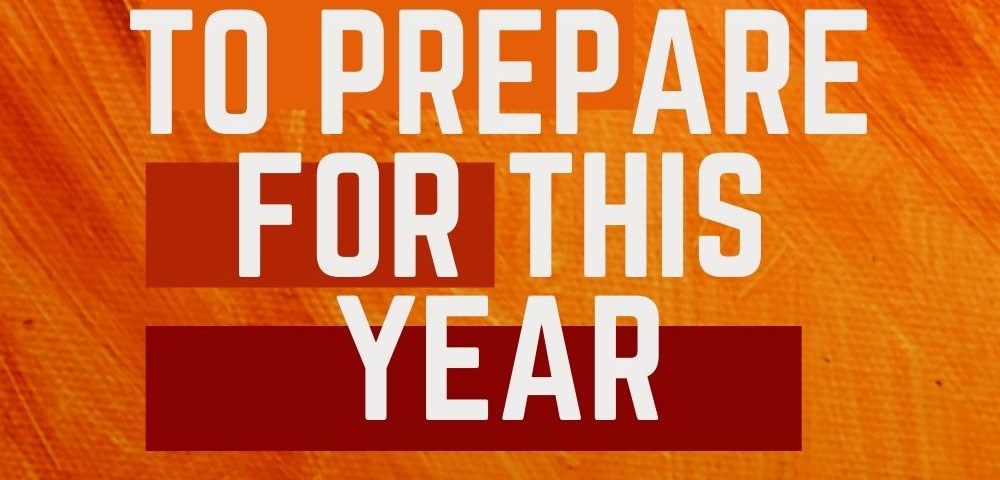Written by Bernie Carr
The past two years have been tumultuous years, and we are grateful to have survived. Here are some threats to be prepared for:
Infrastructure interruptions
According to Forbes, the U.S. infrastructure crisis looks to get worse in 2022 before it gets better:
…”The American Society of Civil Engineers gives American infrastructure a C- [and notes] that there’s a water main break every two minutes in the U.S. and 43% of our roadways are woefully deficient.
Source: Forbes
As we have seen in recent years, such as the disastrous power outage in Texas during the deep freeze, the power grid is also at risk.
Preparedness tip: Prepare for a power outage and maintain your water storage, have a way to purify water just in case.
Labor shortages
The labor shortages caused by the continuing pandemic, vaccine mandates and other factors continue to hamper businesses. Even my local McDonald’s has posted signs everywhere you look that “Due to labor shortages, the wait times for orders are longer than normal, please be patient with our staff.” I feel bad for the staff who get the wrath of customers who get impatient. But this is a sign of the times, so to speak, nearly all the businesses I regularly visit in my neighborhood have Help Wanted signs. Businesses face higher costs to attract and hire workers, which get passed along to consumers. On the plus side, job seekers have plenty of choices.
Goldman Sachs strategists wrote in a research note ahead of this week that there have been some “tentative signs of improvement from supply chain data and commodity prices,” while labor market tightness could be a challenge “for many companies for years.”
“Our economists expect COVID-related pressure on labor market supply will ease in coming months but forecast a U.S. unemployment rate of 3.5% by the end of 2022, meaning companies will continue to face many of the labor market challenges they face today,” they wrote.
SOURCE: REUTERS
Supply chain problems
We’ve written about the supply chain problems in a prior article, and they are not going to go away anytime soon.
Forbes just made the same prediction:
The current supply chain landscape is not going to fix itself on January 1. The global paper and plastic shortage is spilling over into the new year, driving down the stock of items like straws and food packaging. Industries like manufacturing, transportation and warehousing are struggling to find workers, which directly impacts supply chain operations. This means continued order delays, supply shortages and potentially unhappy distributors, retailers and consumers.
SOURCE: FORBES
Start and maintain your stockpile to prepare for supply chain interruptions.
Inflation
Inflation is at the highest level in 40 years, and is projected to stick around this year and the next.
The hotter-than-expected inflation report will likely reinforce the Federal Reserve’s decision in December to accelerate the withdrawal of its monetary support for the U.S. economy and could create additional pressure on the central bank to further tighten policy in 2022 by hiking interest rates.
Although policymakers voted to hold rates near zero, where they have sat since March 2020, new economic projections show that every Fed official has penciled in at least one rate hike next year – a considerable shift from September, when half of the central bankers believed interest rate increases were not warranted until at least 2023.
Officials now project rates to stand at 0.9% at the end of 2022, 1.6% at the end of 2023 and 2.1% at the end of 2024.
SOURCE: FoxBusiness
There you have it, we are also facing increasing interest rates in the coming year.
Check this link for ways to prepare for food inflation.
Virus Mutations
As we have already seen with the Delta variant and now Omicron, the COVID-19 virus continues to mutate.
Financial Crash
We experienced a financial crisis back in 2008 and the risk is present today.
Asset prices – shares, bonds and property – have all risen since the initial sell-off at the start of the pandemic. Rock-bottom interest rates and the flooding of financial markets with money created by quantitative easing programmes have made it cheaper to move home and to borrow money for speculative activity.
Asset prices have also been boosted by the message sent out from central banks that any tightening of policy will be limited and gradual. But economies have started to slow after a period of catch-up growth in the aftermath of lockdowns. The risk is that despite weaker activity, central banks are forced into more drastic monetary policy action by higher-than-expected inflation, thereby kicking away the prop that has been supporting richly valued assets.
SOURCE: The Guardian
Cyber Threats
The threat of cyber attacks has been around for a few years, but it has only gotten worse during the pandemic. Ransomware is a fast growing type of cyber attack where malware is implanted to someone’s devices and the criminal threatens to block access or publish personal data unless a ransom is paid.
We covered preparedness tips in case of a large scale cyber-attack here.
The above list is not all-inclusive, there are also regional threats, such as climate or weather-related disasters, not to mention terrorist threats, increasing crime, civil unrest, as well as threats to our freedom. All we can do is pray and prepare as best as we can.
If you found this article interesting or helpful, please consider helping us out (without costing you anything)! We are an affiliate of Amazon.com, which means we received a small commission if you click through one of our Amazon links when you shop, at totally no cost to you. This helps keep the lights on at the blog. Thanks!
Bernie Carr is the founder of Apartment Prepper. She has written several books including the best-selling Prepper’s Pocket Guide, Jake and Miller’s Big Adventure, The Penny-Pinching Prepper and How to Prepare for Most Emergencies on a $50 a Month Budget. Bernie’s latest e-book, FRUGAL DIY has just been released on Amazon. Her work appears in sites such as the Allstate Blog and Clark.com, as well as print magazines such as Backwoods Survival Guide and Prepper Survival Guide. She has been featured in national publications such as Fox Business and Popular Mechanics. Learn more about Bernie here.



2 comments